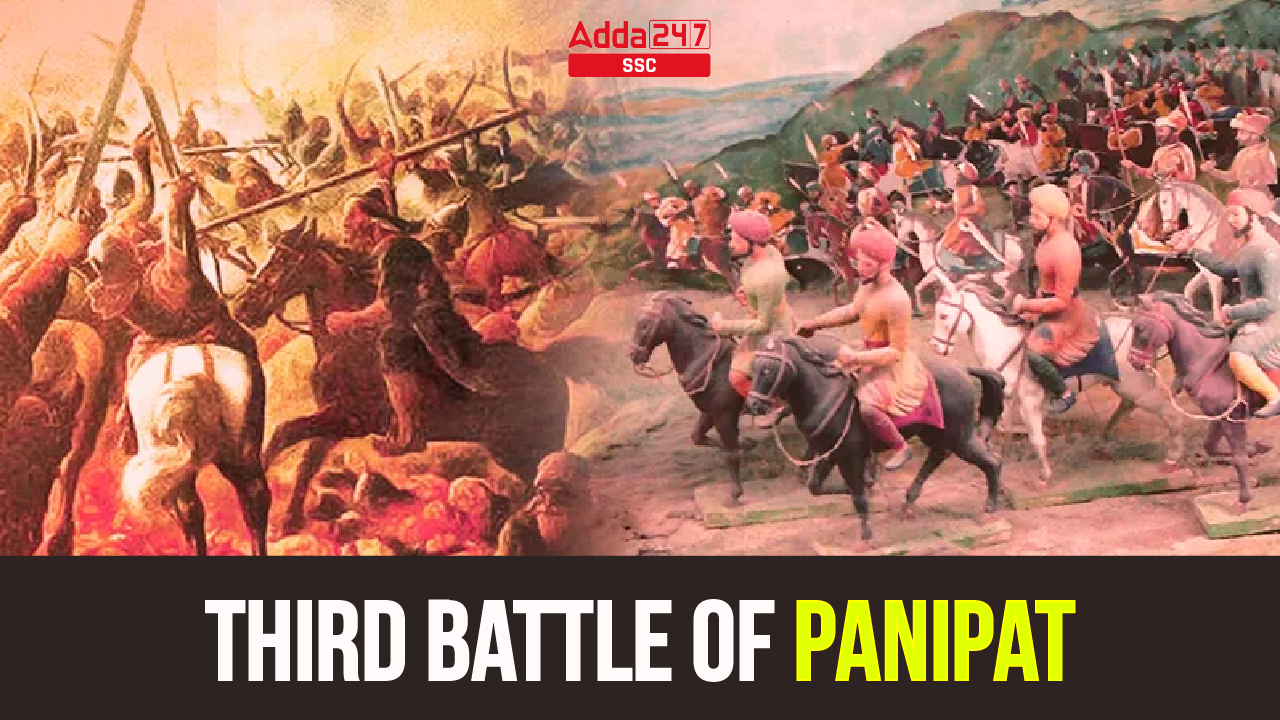Table of Contents
The Epitome of Bravery and Courage: Unveiling the Third Battle of Panipat
The Third Battle of Panipat was one of the most momentous events in Indian history that had far-reaching implications for the future Indian independence movements and set the stage for the colonization of India by the British Empire. In this article, we will take you on a journey to explore the events that led up to the Third Battle of Panipat battle, the key players involved, and the aftermath of this battle.
Third Battle of Panipat: The Background Story
It all began when the Maratha Confederacy, led by the well-regarded Peshwa Baji Rao, comprehended that the Mughal Empire’s empire was weakening because of political instability, corruption, and economic decline. Hence, they made an aggressive move to expand their territories and influence. The Durrani Empire, helmed by Ahmad Shah Durrani, had grand ambitions of extending its territory, including Afghanistan, Iran, and India. In 1760, Ahmad Shah Durrani invaded India and took over Lahore and Delhi, prompting the Marathas to take action.
Third Battle of Panipat: The Setup of the Epic Battle
The Third Battle of Panipat was fought on January 14, 1761, near the town of Panipat in present-day Haryana, and it created chaos and destruction in the Indian subcontinent. The Marathas amassed a massive army of over 100,000 troops, out of which 30,000 were cavalry, and were headed by Sadashivrao Bhau. At the same time, Ahmad Shah Durrani commanded a force of 60,000, including 20,000 cavalry, establishing the forceful Durrani Empire.
What Unfolded During The Battle of Panipat?
The battle commenced with the Marathas launching a massive frontal assault on the Durrani lines. The courageous Maratha cavalry charged straight at the heart of the Durrani army, hoping to break their ranks and cause panic. The Durrani army, however, held onto their position and repelled the attack. The Marathas then decided to switch to a guerilla warfare strategy, firing arrows and using their superior cavalry to strike from the flanks.
The turning point of the battle was when the Durrani army responded by forming a defensive circle, with infantry in the center and cavalry on the outside. The Marathas launched a series of unsuccessful attacks on the Durrani defensive circles but were unable to make any headway. The battle lingered for several hours, with both sides suffering heavy casualties.
The Outcome of The Battle of Panipat
The Durrani army had more advanced artillery than the Marathas, and this became the crucial factor in deciding the outcome of the exhausting battle. The advanced Durrani artillery was able to inflict heavy damage on the Maratha lines, forcing the Marathas to retreat.
The Aftermath of The Battle of Panipat
The aftermath of the Third Battle of Panipat was even more devastating than the battle itself. The Maratha Confederacy was severely weakened, and the Durrani Empire was forced to withdraw from India due to political instability and economic decline. This battle marked the end of the Maratha Confederacy’s rapid expansion, eventually leading to the colonization of India by the British.
Third Battle of Panipat: Conclusion
Even though the Third Battle of Panipat was a crushing defeat for the Marathas, it did become an exemplar of bravery and courage displayed by the soldiers who fought in that battle. It impacted history in such a way that its effects could be felt for decades to come, ending one era and leading to the beginning of another.
Third Battle of Panipat: Facts and Figures
- The battle took place on January 14, 1761, near the town of Panipat in present-day Haryana, India.
- The Marathas, led by Sadashivrao Bhau, assembled a massive army of over 100,000 troops, including 30,000 cavalry.
- The Durrani Empire, commanded by Ahmad Shah Durrani, had a force of 60,000 soldiers, including 20,000 cavalry.
- During the battle, the Marathas launched a frontal assault, aiming to break the Durrani lines, but the Durrani army held firm and repelled the attack.
- The Marathas then switched to a guerilla warfare strategy, utilizing their superior cavalry and firing arrows from the flanks.
- The Durrani army formed a defensive circle, with infantry in the center and cavalry on the outside, countering the Maratha attacks.
- The battle lasted for several hours, with heavy casualties on both sides.
- The Durrani Empire possessed advanced European artillery, which proved decisive in the battle.
- The Durrani artillery inflicted heavy damage on the Maratha lines, ultimately forcing the Marathas to retreat.
- Estimates suggest that between 60,000 and 100,000 Maratha soldiers lost their lives in the battle.
- The defeat severely weakened the Maratha Confederacy, while the Durrani Empire was forced to withdraw from India due to political instability and economic decline.
- The Third Battle of Panipat marked the end of the Maratha Confederacy’s rapid expansion and paved the way for British colonization of India.
Third Battle of Panipat, History, Outcome, Facts and Figures, Read in Hindi



 Upcoming Government Exams, Complete Govt...
Upcoming Government Exams, Complete Govt...
 Govt Jobs 2025, Latest Upcoming Governme...
Govt Jobs 2025, Latest Upcoming Governme...
 RRB JE 2024 Notification, Exam Date Out ...
RRB JE 2024 Notification, Exam Date Out ...


